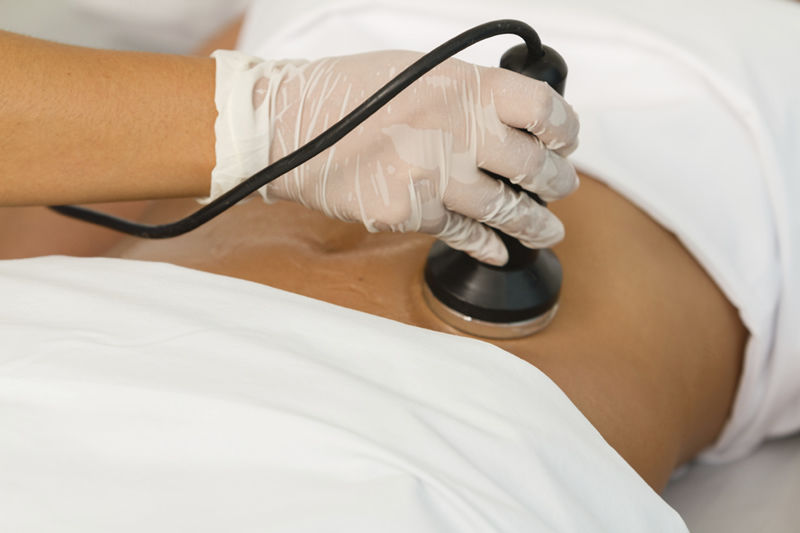
Lipocavitation
Lipo Cavitation, is a noninvasive procedure to removed fat using an ultrasound device.
During the actual procedure, a small amount of gel is applied to the skin where excess fat needs to be removed. Then the ultrasound device is applied to the skin during a 20 to 30 minute treatment session. It’s a painless outpatient procedure that doesn’t require anesthesia and has few known negative side effects described.
How Does it Work?
The ultrasound device called a transducer, used in Lipo Cavitation procedures is calibrated only to target fat cells. When ultrasonic waves are directed to the area of fatty tissue you want to remove, they damage the fat cell membranes. Because the device is calibrated only to target fat cells, no other damage will occur to surrounding tissues or organs.
During the procedure, ultrasonic waves begin to break down the fat cells being targeted. This causes them to release triglycerides and other fatty substances that are a key component of the flabby tissue. During the week after a lipo cavitation treatment, your body will process the excess triglycerides and fatty substances through normal physiological processes.
How Many Treatments are Needed?
Most people who choose to have Lipo Cavitation see measurable reductions in fat within the first week. However, a treatment schedule of 10 to 20 weekly sessions is typical to achieve desired weight loss and body composition changes, according to a study in the Journal of Cutaneous and Aesthetic Surgery.
Before your first treatment, you’ll meet our specialist for a physical exam and consultation. In most cases, the ideal candidate for Lipo Cavitation is someone who is at least moderately active and follows a healthy diet. Lipo Cavitation is not intended to treat morbid obesity, but works most effectively to remove unwanted fat from targeted areas of the body. If you are a good candidate for lipo cavitation, your doctor will discuss your goals and desired body image, and then establish a treatment plan to meet your needs.
What Areas of the Body Can be Treated?
Lipo Cavitation is similar to liposuction in terms of the areas of the body where it can be used. The most common areas of the body, where Lipo Cavitation is used, include the abdomen, face, neck, back, cheeks, thighs, chin, hips, upper arms and buttocks. It has also been used to reduce excess breast tissue in overweight men.
What are the Side Effects of Treatment?
The known side effects of Lipo Cavitation are minimal, compared to surgical liposuction. For most people, the treatment is painless and doesn’t require any recovery time. You may experience temporary skin sensitivity, mild bruising, fluid build-up, or blisters where the transducer was used.
Copyright 2017. Rafael Gottenger MD Plastic Surgery by Atevil

